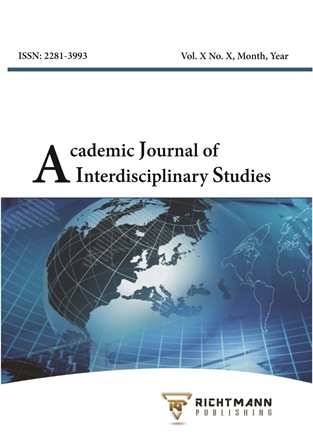The Impact of Body Language on Arab Television Performance
DOI:
https://doi.org/10.36941/ajis-2023-0175Keywords:
Body Language, Broadcasters, Performance, Arab TV ChannelAbstract
This study aims to determine physical communication and how it affects broadcaster performance on satellite channels. Nonverbal communication comprises, body cues, face expressions, hand gestures, physical contact. These things communicate messages and meanings without using words. This study seeks to address an empty space in the scientific literature by examining the effect of body language on broadcaster performance on satellite channels. This study will contribute to an improved comprehension of the significance of physical language in television interaction and its effect on the audience, and its findings might offer helpful suggestions to improve broadcasters' abilities and efficiency on satellite channels. A quantitative content analysis was utilized to analyze 72 series of five TV shows from the "Dubai" and "Al Arabiya" channels from February 2 to the end of May. According to the conclusions, the connotation of sorrow and regret in the psychological speech correlated with the search time of the media content. Applying a sense of happiness and excitement to facial speech also helps to improve interactions with the audience. Furthermore, the study's findings highlighted the significance of the signification of approval and happiness in oral communication in engaging viewers and building their trust in the products offered.
Received: 12 August 2023 / Accepted: 15 October 2023 / Published: 5 November 2023
Downloads
Downloads
Published
Issue
Section
License

This work is licensed under a Creative Commons Attribution-NonCommercial 4.0 International License.
This work is licensed under a Creative Commons Attribution-NonCommercial 4.0 International License.








